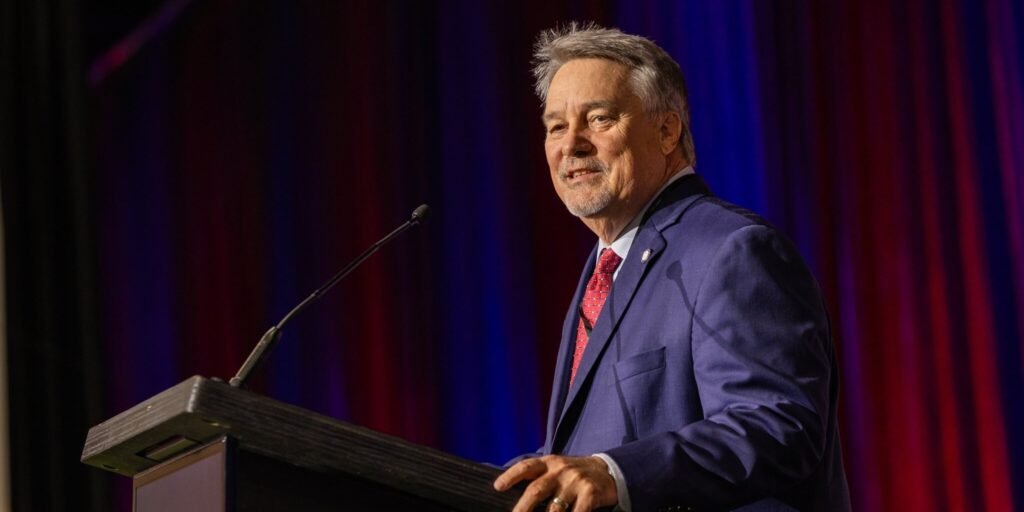Funding Public Schools in Alabama
Alabama’s public schools rely on three primary sources for funding. Approximately 10% comes from federal programs like Title I and School Nutrition Programs, aimed largely at supporting students from low-income families.
Next up is local funding. Local property taxes contribute between 21% and 34% of education expenses, meaning roughly a third of the costs for public schools are managed at the community level.
Lastly, the state government covers the remaining 65% to 75% through its annual Education Trust Fund budget. This budget includes a range of line items for various education-related projects, catering to the unique financial requirements of individual school systems.
For the last three decades, Alabama has utilized the Foundation program to determine its funding allocation to about 1,500 schools each year. This program employs a formula based on student population and grade levels within each district.
In essence, it’s a resource-based funding model that allocates dollars primarily according to personnel needs.
While some may argue this is the most unbiased method for funding education, the limitations of this approach have become quite evident over time.
Consider this: School A serves a large rural area with many students living over 15 miles away, relying heavily on transportation provided by the school. This school also has a significant number of English Learners (ELL) and students with disabilities.
On the other hand, School B is situated in a mid-sized urban area. Students here aren’t as reliant on school transport, and the numbers for ELL students and those with disabilities are relatively low.
The existing Foundation program doesn’t factor in the specific needs of these two schools.
School A misses out on tailored funding for its ELL and special needs students.
Conversely, School B receives funding for transportation, despite not needing those resources and preferring to use the money elsewhere.
The issue lies in the assumption that both schools need the same financial support merely because their student enrollments appear similar.
Former Tennessee Senator Lamar Alexander, while serving as Secretary of Education, once stated that “the best education decisions were made by those closest to children.”
In recent years, Alabama has made commendable progress in public education, with fourth-grade literacy rising 15 spots and math scores jumping 20 spots.
This progress is heartening, but we shouldn’t be okay with just mediocrity.
The aim is to elevate education in Alabama further. A one-size-fits-all funding strategy isn’t the solution.
School needs differ considerably from one community to another.
Rigid funding models can undermine valuable resources.
Innovation and responsiveness flourish with flexibility.
Legislators should grant schools the financial autonomy to make the best decisions for their students.
This session, the council is addressing this issue by implementing a new hybrid funding approach that considers the individual needs of each school system.
Through an initiative dubbed the Raise Act, schools will receive additional support—referred to as “weights”—based on the number of students in specific categories like low-income, special education, ELL, talented students, and those in charter schools.
This marks a significant leap forward in Alabama’s public education and is the outcome of collaborative efforts in the House and Senate. Notably, Danny Garrett (R-Trussville) and Arthur O’ (R-Decatur), who chairs the Senate Finance Education Committee, were pivotal in advocating for this change.
My top priority was ensuring that schools wouldn’t lose substantial funding under this new system.
And that’s indeed the case. In fact, most schools could actually receive more funding from this proposal.
Public education plays a crucial role in our state.
You can choose to accept the current state of affairs as standard, or you can aim to offer your students the best education possible every day.
I’ve often visited schools statewide and witnessed the remarkable things happening in classrooms.
I have faith in public schools, teachers, and, most importantly, our students.
They deserve our utmost effort—let’s ensure they’re receiving it from us.







